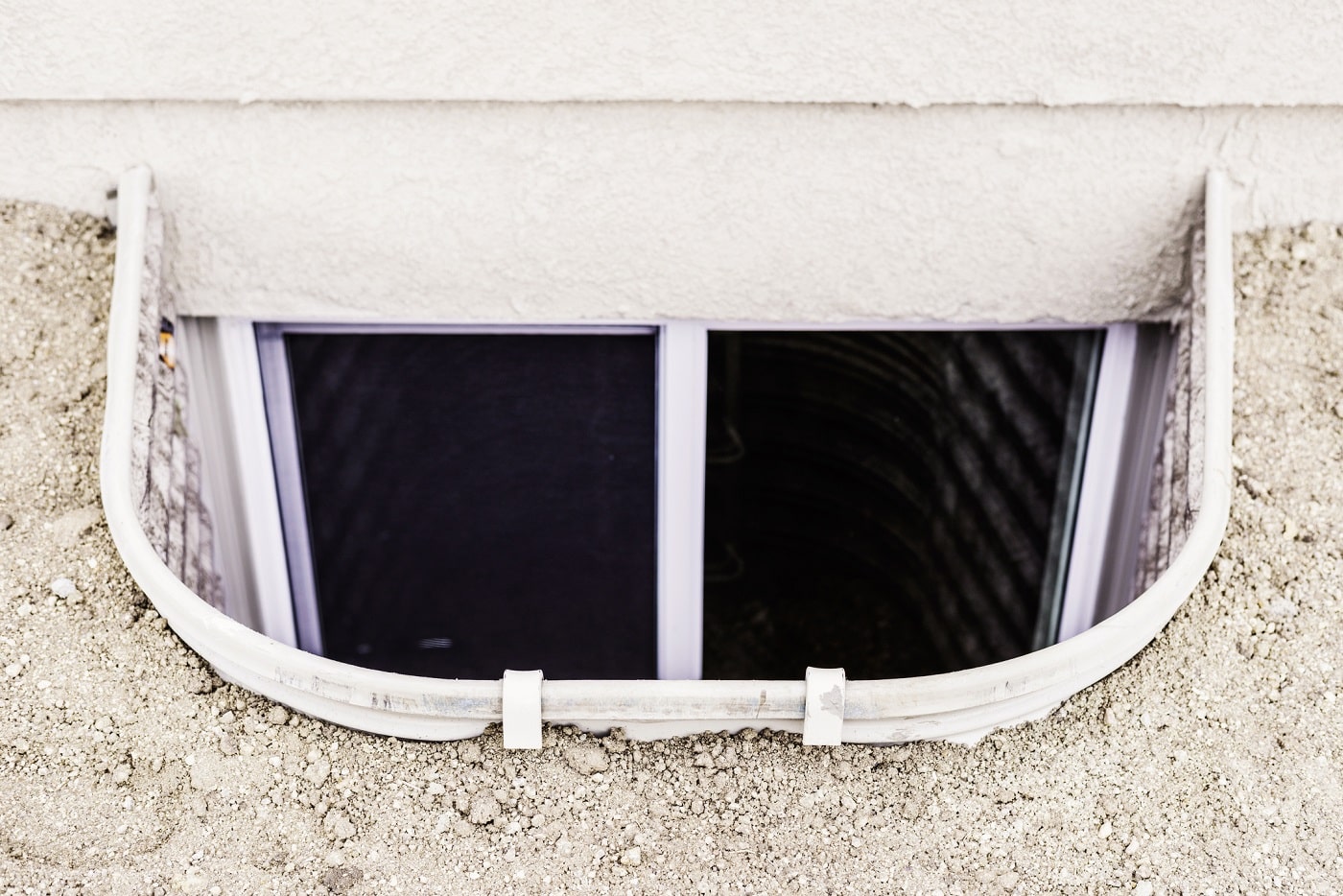Wet Basement? Here are Seven Likely Culprits
Few things will wreck your day faster than a wet basement. The first step towards addressing the situation is pinpointing the origin. While neighborhood flooding can be an obvious reason, there are several less straightforward reasons this could be happening.
Seven Likely Culprits to Basement Flooding
1. Irrigation
Abstain from installing lawn irrigation near your home. If the scenario is unavoidable, the amount of water emitted next to the house should be limited. Be sure your irrigation system is equipped with a rain gauge to prevent the system from turning on after substantial rainfall.
2. Gutters
Gutters that are allowed to clog with organic debris will soon overflow. The result is a foundation that can become weakened. If left unaddressed, it’s only a matter of time before the water has the opportunity to enter your basement. In the event the downspouts are too short, water can still seep into your basement, as it has not been channeled far enough away from your home.
Learn more about how gutter systems can cause wet basements.
Learn More About the Installation of Gutter Downspouts:
3. Sump Pump
The primary function of a sump pump is to siphon water away from your home’s foundation. Water in your basement can be indicative of a failed sump pump or one that has lost power during a heavy rainfall.
4. Backed Up Sewer
Should your city’s sewers become permeated by a rainstorm and start to overflow; sewage can back up into your basement. Once the sewers exceed their capacity, the sewage will stream towards your house. Potential entry points can include a flood drain or toilet.
5. Subpar Basement Sealing
During the home construction process, the basement tiles and foundation must be correctly sealed. In instances where this does not happen, or when deterioration occurs, water will begin to filter into the basement from the ground.
6. Basement Window Wells
In instances where basement windows haven’t been installed in the proper manner, water that has compiled can easily leak through the egress window. Working with a reputable window contractor will ensure the window well is the correct depth and width.

7. Your Home’s Location
If the land surrounding your home does not slope away from your home, the odds for flooding dramatically increase. Your home benefits from being built in a spot where a superabundance of water from melting snow and rainstorms drain away from your home, not towards it. If there are depressions on your lot where water can sit, it’s wise to fill them with heavy soil. Sizable hills on your property with an incorrect slope can also spell trouble.
Contact us today to get started on your next home improvement project.
